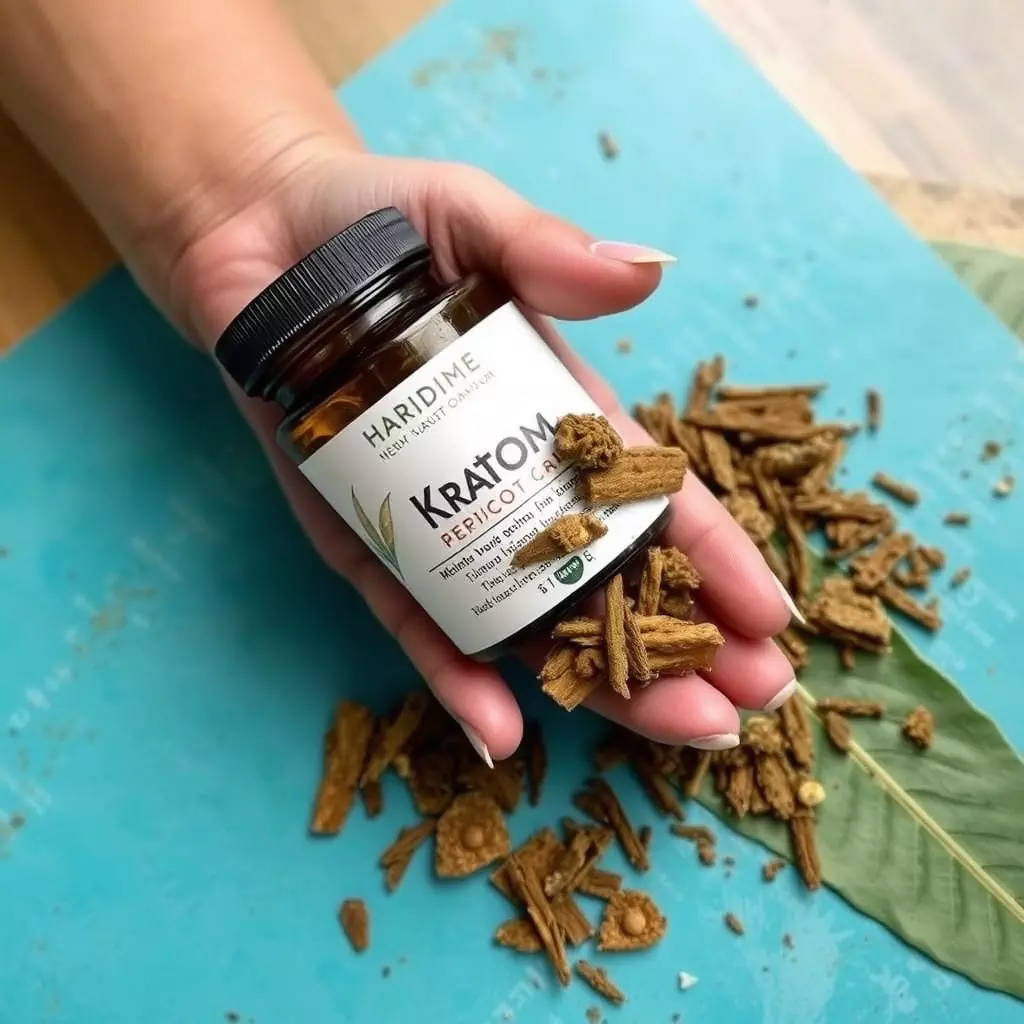Kratom, derived from Mitragyna speciosa, offers joint pain relief and potential in addiction treatment. Its active compounds interact with opioid receptors, aiding withdrawal symptoms and cravings during detoxification. As a safer alternative to prescription opioids for pain management, kratom can support recovery under professional supervision, ensuring proper dosage and monitoring to prevent misuse. "Joint pain relief with kratom" presents a promising approach, but careful navigation is key.
Kratom, a natural herb with growing popularity, has emerged as a potential ally in addiction treatment and recovery. This article explores its multifaceted role, focusing on two key areas: joint pain relief and its integration into recovery plans. We delve into the scientific evidence supporting kratom’s effectiveness in managing withdrawal symptoms and reducing opioid-related pain. By examining different kratom strains and best practices for responsible administration, readers will gain insights into how this natural approach can enhance traditional rehab methods.
- Kratom and Addiction: Understanding the Connection
- – The role of Kratom in addiction treatment
- – Scientific evidence supporting its use for managing withdrawal symptoms
Kratom and Addiction: Understanding the Connection
Kratom, a natural herb derived from the Mitragyna speciosa plant, has gained attention for its potential role in addiction treatment. While often used for joint pain relief, kratom’s effects on addiction recovery are also worth exploring. Some studies suggest that kratom can help manage withdrawal symptoms and cravings associated with substance abuse disorders. Its active compounds interact with opioid receptors in the brain, potentially mitigating the intense cravings experienced during detoxification.
The connection between kratom and addiction lies in its ability to offer a milder alternative to prescription opioids for pain management. For individuals in recovery, substituting addictive substances with kratom may provide a safer and more controlled environment to heal. However, it’s crucial to approach this method under professional supervision, as proper dosage and monitoring are essential to avoid potential side effects and prevent misuse.
– The role of Kratom in addiction treatment
Kratom has emerged as a potential tool in addiction treatment and recovery, offering joint pain relief for those struggling with withdrawal symptoms. This natural herb, derived from the leaves of the Mitragyna speciosa tree, contains compounds that interact with opioid receptors in the brain, mitigating cravings and providing comfort during the rehabilitation process.
The use of kratom for addiction treatment is not without its benefits. Its ability to alleviate joint pain can significantly improve an individual’s overall well-being, making the recovery journey more bearable. This dual effect of addressing both physical discomfort and psychological dependency makes kratom a compelling option in comprehensive addiction treatment plans.
– Scientific evidence supporting its use for managing withdrawal symptoms
Kratom has gained attention for its potential in managing withdrawal symptoms, especially when it comes to joint pain relief. Scientific studies have shown that kratom’s active compounds can interact with opioid receptors in the brain and body, helping to alleviate pain and reduce cravings typically associated with addiction. This interaction offers a natural alternative for individuals seeking to overcome substance use disorders without relying heavily on pharmaceutical interventions.
Research suggests that kratom’s ability to mitigate withdrawal symptoms could be particularly beneficial for those experiencing opiate withdrawal. By reducing the intensity of physical discomfort, kratom may help individuals stay focused on their recovery journey. Moreover, some studies point to its potential in improving overall mood and sleep patterns, which are often disrupted during addiction treatment. These findings underscore the importance of considering kratom as a complementary approach, especially when combined with traditional therapeutic methods, for managing withdrawal symptoms and supporting long-term recovery.
Kratom has emerged as a potential tool for addiction treatment, offering joint pain relief and helping manage withdrawal symptoms. Scientific evidence suggests its effectiveness in aiding recovery, especially when combined with traditional rehabilitation methods. As research continues, kratom’s role in addiction treatment may become even more prominent, providing hope for those seeking to break free from substance dependence.






